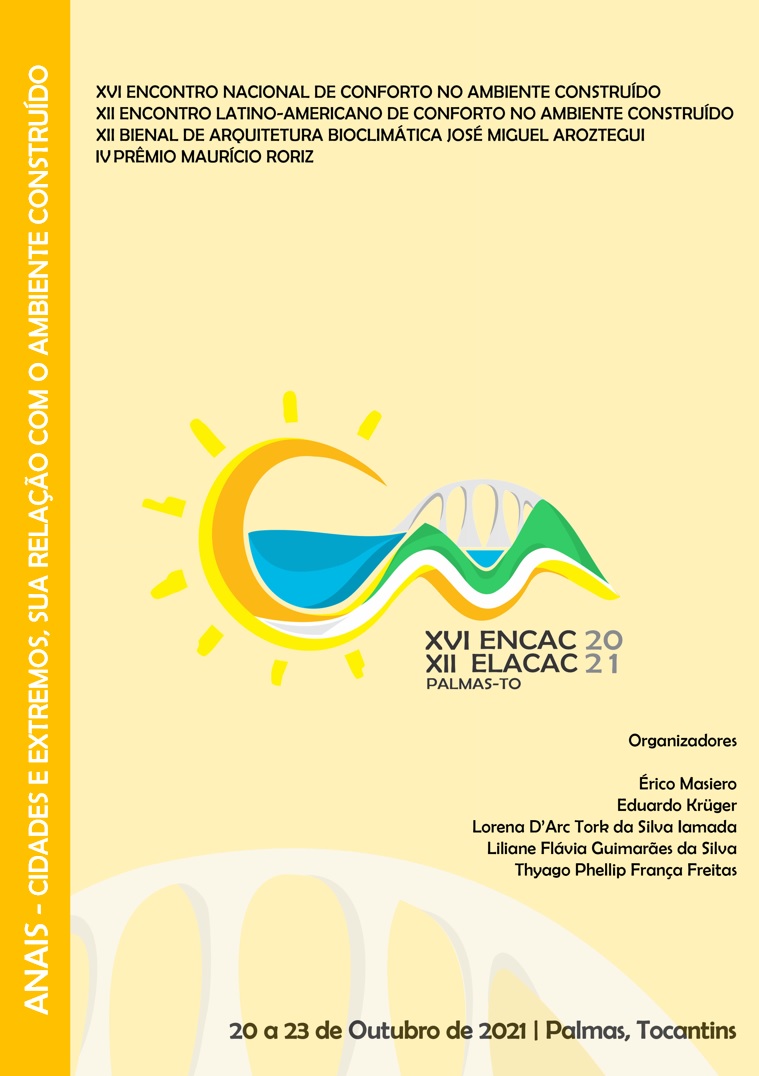OTIMIZAÇÃO DO DESEMPENHO TÉRMICO DE HABITAÇÕES AUTOCONSTRUÍDAS COM O USO DA GRAMÁTICA DA FORMA
Keywords:
Shape grammar, thermal comfort, mass customization, bioclimatic strategiesAbstract
Self-built and informal houses emerged in Brazilian urban areas as a result of a Brazilian scenario of housing deficit and failed social politics created for providing housings in a quantitative way. The shape grammar is a feasible method for designing houses, allowing mass customization and preservation of the local identity in consolidated communities. This research proposes a method for mass customization using the rules of an informal settlement shape grammar in Fortaleza, Brazil, predefined by Mororó (2012). The shape grammar rules were modified to insert bioclimatic strategies, such as shading and natural ventilation, aiming to improve the houses’ thermal comfort. The modified rules were converted in a parametric system to allow mass customization and evaluated by simulation-based optimization aiming to reach two objectives: minimize the cooling-degree hours and improve the air change rate. A potential for generation and refurbishment of new houses, preserving its typology and providing improved thermal performance was confirmed. Furthermore, this design process method showed potentiality to be replicated to other communities with the adoption of different shape grammars and strategies, as the context and local climate are considered.
Downloads
Published
How to Cite
Issue
Section
License
Copyright (c) 2023 ENCONTRO NACIONAL DE CONFORTO NO AMBIENTE CONSTRUÍDO

This work is licensed under a Creative Commons Attribution 4.0 International License.




